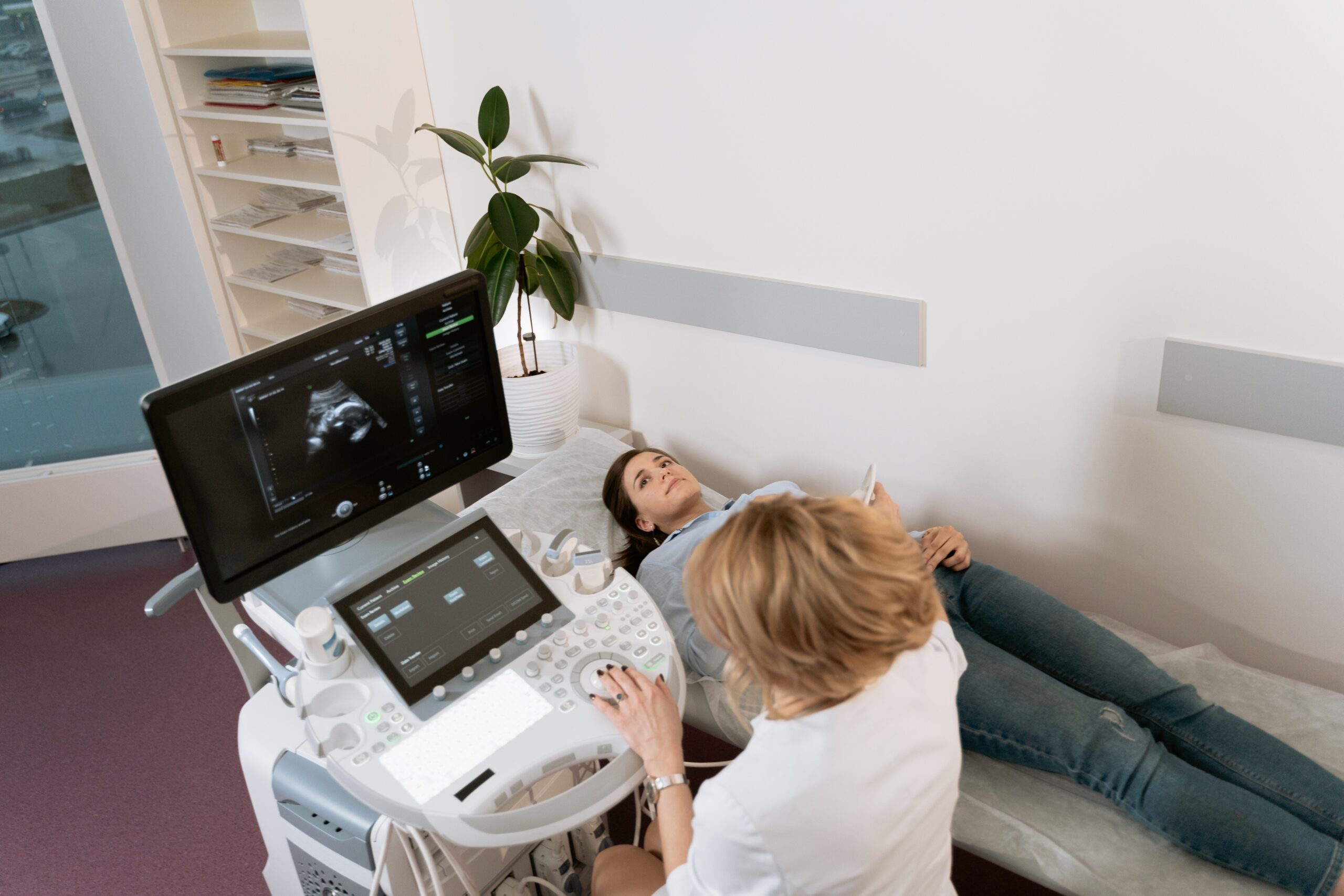Minimally Invasive Gynecological Surgery and Reproductive Medicine
To improve the shortcomings of the current minimally invasive surgery, in pursuit of a better prognosis of surgery, one is to take out the specimen after the operation, minimally invasive surgery recovers quickly because of the small wound, But it also limits the space for taking out the specimen, in the past, the use of a tumor crusher in the abdominal cavity has spread doubts about potential malignant uterine sarcoma, or cause complications such as parasitic fibroids, endometriosis, peritonitis, and organ injury.
Hualien Tzu Chi Hospital Minimally Invasive Surgery Team combining the bagging method and the advantages of manual cutting, use tissue bags to develop “Contained Manual Morcellation (CMM)”, after bagging the specimen in the abdominal cavity, pull out the mouth of the bag through the retractor wound, take out the specimen by manual cutting, compared with the traditional laparoscopic tumor shattering machine, CMM keeps all fragments and tissue fluid of the specimen in the bag, it can prevent specimen fragments from being left in the abdominal cavity, cause problems such as the spread of potential cancer cells or iatrogenic parasitic fibroids, therefore, it is safer for patients.
Reproductive Medicine is a branch of medicine, carry out the prevention, diagnosis and treatment of fertility-related diseases, its purpose is to maintain people’s reproductive health, let people give birth to children at the stage they choose.
The scope of reproductive medicine including sex education, puberty, family planning, birth control, infertility, reproductive system diseases (including sexually transmitted diseases) and sexual dysfunction. For women, reproductive medicine also includes menstruation, ovulation, pregnancy and menopause, and other gynecological diseases that can affect fertility.
Our Services
- Spinal Cord Injury cell therapy
- Intracranial neoplasm
- Bone Marrow Stem Cell Transplantation and Immune Cell and Oncolytic Virus Therapy for Serious Cancer
- Minimally Invasive Heart Surgery and Percutaneous Transluminal Coronary Angioplasty for Coronary Artery Disease
- Comprehensive Integrated Traditional Chinese Medicine and Western Medicine Therapy
- Minimally Invasive Gynecological Surgery and Reproductive Medicine
- Orthopedics and Soft Tissues and Regenerative Medicine
- Difficult Urinary diseases
- Breast Cancer Medicine
- Heavy Ion Radiotherapy for Cancer
